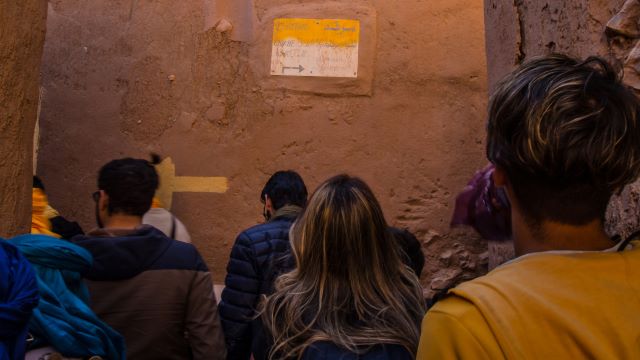By Jonas Loubin – On the northern edge of the Sahara, where the desert gives way to a rugged Mediterranean coastline, Algeria holds a wealth of stories in stone, pigment, and song. As Africa’s largest nation, its landscapes stretch from wind-carved plateaus to bustling coastal cities, and its cultural heritage mirrors that scale—layered, diverse, and deeply rooted in centuries of exchange.
Echoes in the Stone
The high plains east of Algiers guard Timgad, the “Pompeii of Africa,” where sun-bleached colonnades and a perfectly gridded street plan recall the ambitions of Emperor Trajan around 100 A.D. The arch of Trajan still frames the horizon as it did for Roman citizens two millennia ago. A short journey north leads to Djemila, whose basilicas and intricate mosaics stand as quiet testaments to Roman engineering and artistry. Both sites, protected by UNESCO, offer a rare clarity into daily life during the empire’s height.
Yet Algeria’s story begins long before Rome. Deep in the Tassili n’Ajjer plateau, prehistoric rock art—some dating back more than 8,000 years—records hunts, dances, and the rhythms of ancient life. Rendered in ochre and charcoal, these figures remain vivid despite the ages, echoing the endurance of the Amazigh (Berber) heritage that threads through the nation’s history.
Minarets and Mosaics
The arrival of Islam in the 7th century transformed Algeria’s artistic and architectural landscapes. In the Casbah of Algiers, the Great Mosque—its origins traced to 1097—still calls the faithful with the same gravity it held centuries ago. In Tlemcen, the Mosque of Sidi Boumediene gleams with patterned tiles and carved stucco, an enduring monument to medieval craftsmanship.
The influence extended into domestic arts. In the M’zab Valley, the desert town of Ghardaïa is known for its geometric carpets woven in sunlit courtyards, while potters shape clay vessels that mirror centuries-old designs. These crafts are not mere commodities but bearers of communal memory.
Layers of Influence
French colonial rule left another architectural stratum, blending Moorish arches with European façades in cities like Algiers and Oran. Narrow alleys of the Casbah open unexpectedly onto plazas framed by colonial-era balconies, creating a visual palimpsest of occupation and adaptation.
In more recent decades, Algeria’s cultural output has expanded into modern art. The painter Baya Mahieddine, celebrated internationally, infused her canvases with bold colors and forms drawn from Algerian life—women at work, harvest scenes, village celebrations. Her legacy persists in the studios of young artists whose works now fill contemporary galleries, where abstract experiments hang beside reinterpretations of traditional motifs.
Stages and Streets Alive with Celebration
Heritage here is not confined to static monuments. The National Festival of Popular Arts in Algiers gathers musicians, dancers, and artisans from across the country, transforming the capital into a living museum of traditions. In the ruins of Timgad, the annual international music festival fuses past and present, as ancient stone amphitheaters host amplified guitars and global rhythms beneath the summer sky.
A Living Continuum
Algeria’s cultural landscape is not a relic but a continuum—its Roman arches and Islamic minarets, colonial façades and contemporary murals forming an intricate mosaic. Each generation inherits not only the task of preservation but also the impulse to reinterpret. In this meeting point of the Maghreb and the Mediterranean, heritage remains less a catalogue of the past than an active, evolving presence.
Sources:
- UNESCO World Heritage Centre. “Timgad,” “Djemila,” and “Tassili n’Ajjer.”
- Bennison, Amira K. The Great Caliphs: The Golden Age of the ‘Abbasid Empire. Yale University Press, 2009.
- Phillips, Sarah. “Baya Mahieddine and the Colors of Algeria.” Journal of North African Studies, vol. 27, no. 4, 2022.

